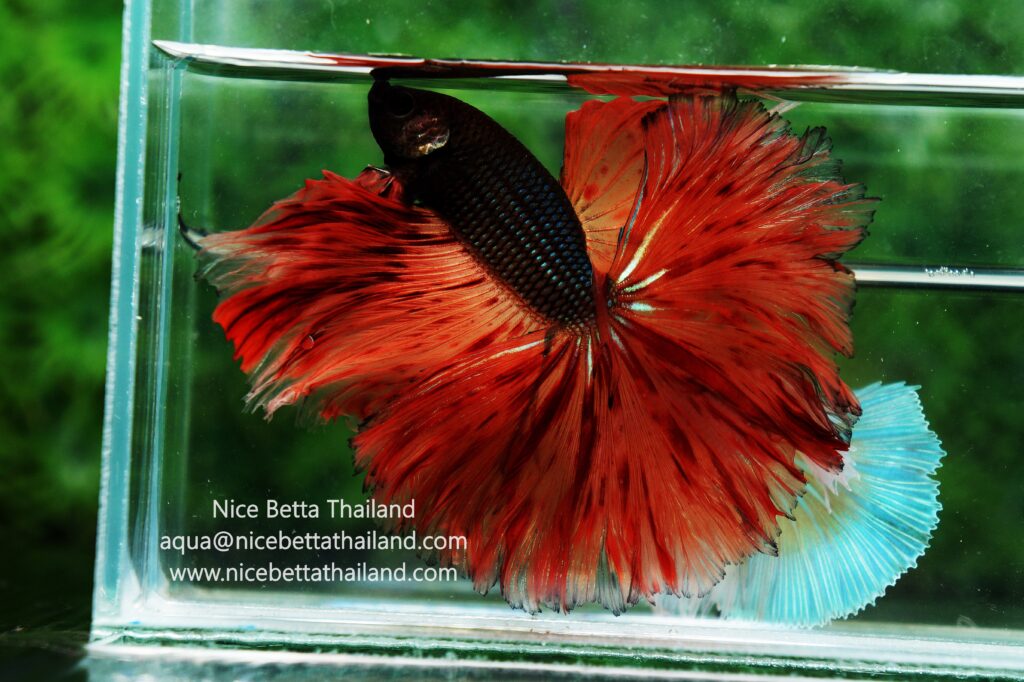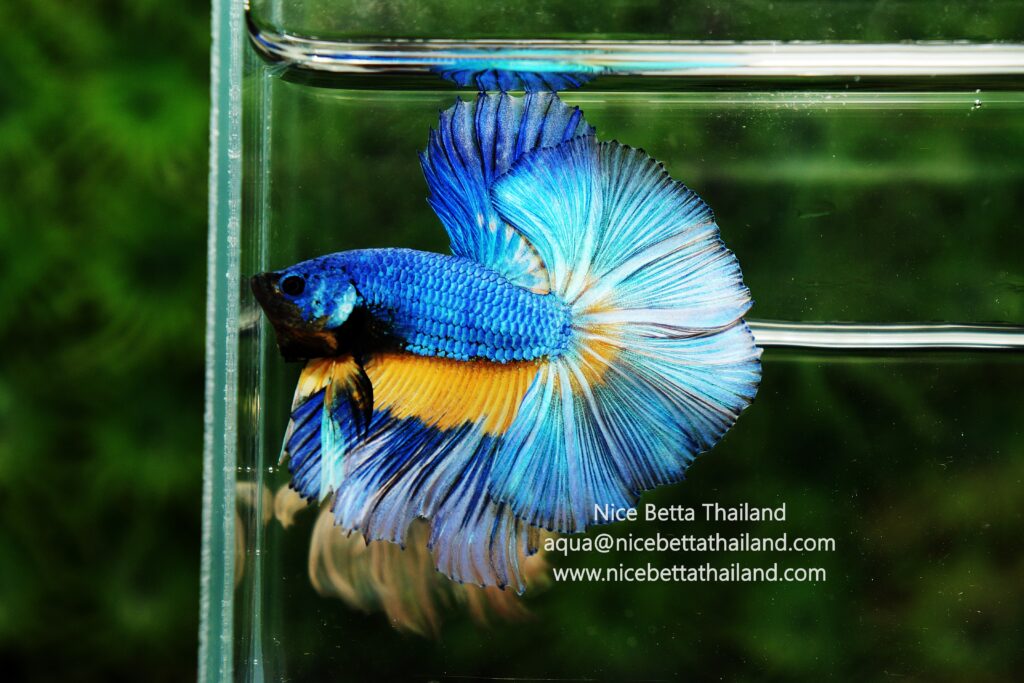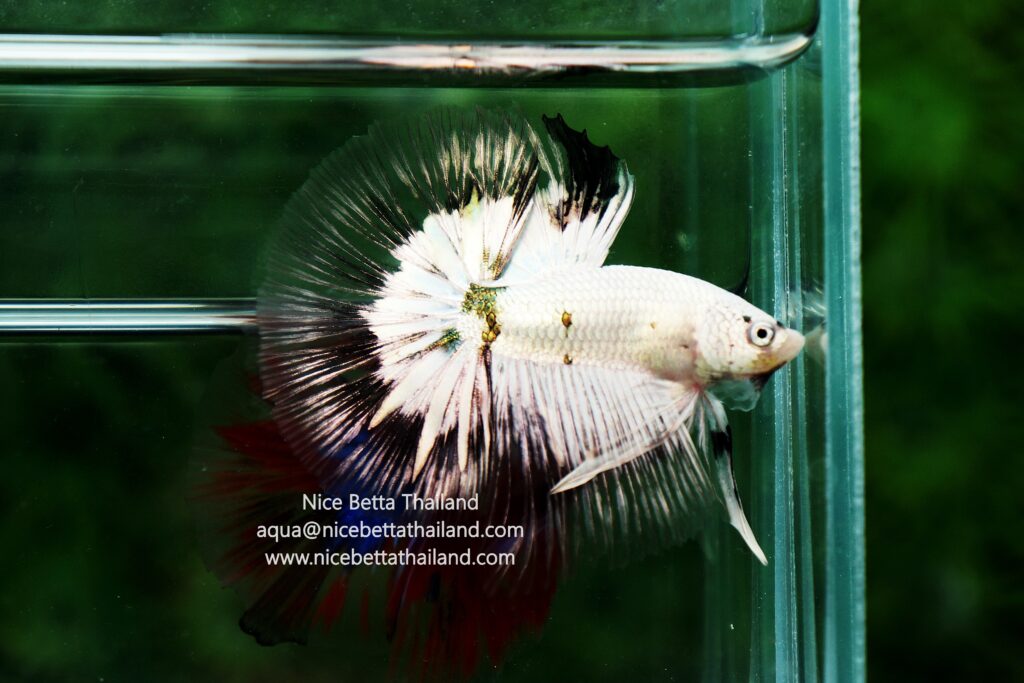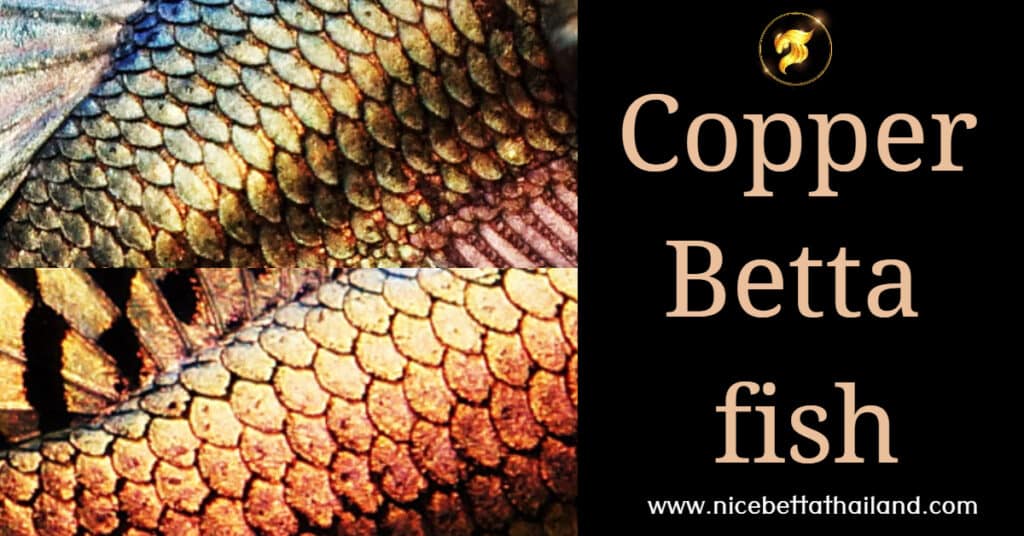Betta fish acclimation if you purchased your Siamese fighting fish at a pet store they’ll likely come in a plastic cup or bag. Even a simple car ride can be stressful from bumps and temperature changes. Try not to make extra stops on your way home, and if possible bring a box. If you forget, ask for a cardboard pet carrier to transport your betta in.
Temporary plastic cups contain a small amount of water, and the temperature of that water can fluctuate very easily. A box with a lid and some wash clothes or an old t-shirt surrounding the cup or bag will help to reduce this problem.
Betta Acclimation Scenarios
Once your betta fish is home, remember that day one of care is one the most important. There are several different scenarios when it comes to acclimation. You may be adding your new betta fish to a fully-functional community tank, setting up a brand new aquarium, or introducing your betta to a tank that has been cycled for 2-3 weeks. Read whichever section pertains to your current situation.
Acclimating to a Community Tank
Before acclimating your betta fish to a community tank, you should quarantine him or her for 2-4 weeks. Depending where you purchase your betta, they may carry common diseases and parasites. This time allows you to treat for any visible signs of disease before introducing the new betta with other healthy fish. If you forego the quarantine, you risk getting all of your fish sick. Quarantining is the safest way to introduce betta fish to other fish. It is also the safest way to introduce tank mates with your betta fish too. After this step you may move onto the next section.

Acclimating to a 100% New Water Tank
If you don’t already have your betta’s tank set up and cycled, you’ll need to prepare the tank by following these safety procedures. This should be done a day ahead of your betta’s arrival. Rinse all decorations, substrate, filters, thermometers and heaters in hot tap water for several minutes. This will help remove any dust, debris, and other bacteria that could harm your fish.
Next, fill the aquarium or tank with lukewarm tap water approximately 2-3 inches below the top. Then add betta dechlorination drops by following the instructions on the reverse of the bottle. Do not use distilled water or other similar water that has been stripped of essential nutrients that are beneficial to the health of your fish. Insert and install any remaining decorations and plants, the thermometer, heater and any filtration units according to the supplied instructions.
Acclimating to a Cycled Tank
If you’re aquarium is already set up and cycled congratulations! You may now move onto the next steps below.

How To Acclimate A New Betta Fish
After completing your step above, you’re now ready to begin testing, acclimating and transferring your betta fish to their new tank. Betta fish prefer a pH between 6-7 and simple test kits can be purchased to obtain readings. The recommended temperature of the aquariums water should fall within 75 to 81 degrees fahrenheit since betta fish are tropical fish. If your community tank is much lower because of other species’ requirements, a betta fish is probably not ideal for that tank.
Acclimation Instructions
Measure and record the pH and temperature of the water inside the plastic bag, cup, or quarantine tank.
Measure and record the pH and temperature of the water inside the aquarium you’ll be introducing your new betta to.
Compare your recorded measurements to determine if they match. If they do, you may now introduce your betta to its new habitat (very unlikely). If they don’t – move on to step four.
Place and float the plastic bag or cup in the aquarium. This will allow the tanks water to surround the cup or bag and reach an equilibrium temperature. This should take approximately 15-20 minutes, however it could be much longer (45+ minutes) if you started with drastically different readings.
To reach a similar pH level, introduce a small amount of the new tank’s water into the cup’s hole or open bag every 5 minutes. This will slowly increase or decrease the pH, allowing your betta to acclimate to the pH slowly instead of drastically.
Once the acclimation process is complete, carefully allow your betta to swim into its new home. Avoid dumping the cup or bag and all of its water into the tank.

What is the Drip Method?
The drip acclimation procedure uses a piece of plastic airline tubing (long enough to reach from your tank to the cup) and the aquarium and bag or cup your betta came in. This method acclimates fish very slowly and is one of the safest methods you can do.
Drip Acclimation Steps
Remove excess water in the container your betta fish is in. You want it to be approximately 45-50% full. We’ll be adding more water during the acclimation process.
Your aquarium/tank must be higher than your cup or bag. We’ll be using the power of gravity to slowly introduce tank water.
Tie a knot close to the center of the airline tubing and make sure it’s tight. This will control the water flow making sure it is slow and steady.
Place one end into the water in the aquarium (tape if necessary to hold in place).
Use your mouth to generate suction as if you were drinking from a straw. Once the water starts flowing past the knot, remove the end from your mouth and place it in the top hole of the cup or in the plastic bag.
The drip rate should be 1 drop every 1-2 seconds. If it’s dripping too fast, try securing a another tight knot in the airline to further regulate the flow of aquarium water.

Don’t let the bag or cup overflow, stop when you have approximately 50% initial water and 50% new aquarium water.
You may not introduce your betta slowly into his or her new home.
Proper acclimation is all about being slow and steady. Take your time and don’t rush the process. Think of the last time you were in the shower and someone flushed the toilet. That sudden jolt of hot water probably stressed you out right? The same goes for a betta fish being introduced into a new habitat, except on a much larger scale.
Monitor your betta fish closely after acclimation and for the first week for signs of stress (e.g. fin clamping, color loss). It’s not uncommon for a betta fish to refuse to eat for several days after acclimation too. All of these factors will depend on the individual betta and the amount of stress endured.
Also we have group talk about betta fish for sale and share any new tip take care information on Web3 socialFi group

Right now we have betta fish doctor help every bettas lover by top breeder in Thailand to cure or share more tip on Animalverse social
If your bettas fish sick or need tip to treat help or join event prize with AVC Token
Let’s join the group many top breeder will help to answers in betta fish community
More tip :
How to make betta fry grow faster
Simple Live Food Cultures For Growing Healthy Betta Fry
15 Common Betta Fish Diseases Prevention and Treatment
The most expensive betta fish in the world.






